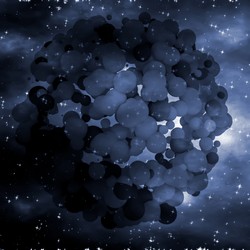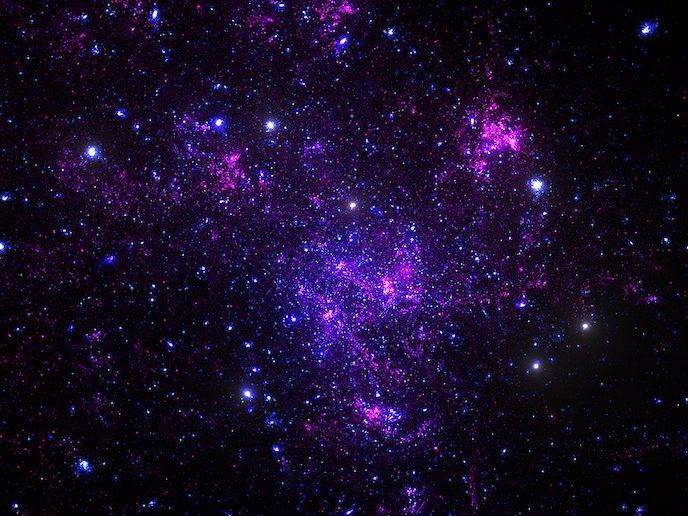Mapping dark matter in the universe
One of the most surprising discoveries of the previous century was that ordinary matter makes up less than 5 % of the universe’s mass. Although astronomers have not yet observed dark matter directly, they are confident that it exists because of the gravitational effect it has on galaxies. Mapping dark matter distributions may help answer fundamental questions regarding the underlying model of gravity that helps create galaxies or galaxy clusters, Einstein’s general theory of relativity, the microscopic properties of dark matter and the impact of baryonic feedback. Unfortunately, current numerical research on the influence of dark matter on large-scale structures makes significant oversimplifications in estimates. This does not allow researchers to capture subtle differences between structure formation models. Within the EU-funded project WEBMAP (Mapping the dark web of the cosmos), scientists helped overcome this problem by developing techniques and tools that utilise the whole morphological information provided by sky observation maps. The project team successfully developed a computer tool to characterise the 2D morphology of dark matter maps that is based on computer vision algorithms. Extracting up to 3 000 unique image descriptors from image data, the algorithms allowed researchers to use this data to classify dark matter maps of unknown origin. As dark matter distributions cannot be observed directly in the sky, WEBMAP researchers designed another tool to map this distribution from available observational data using the mass mapping technique. Numerical data was also applied to observational data. The first data set used was the Cluster Lensing And Supernova survey with Hubble (CLASH). This is a multi-wavelength census of 25 galaxy clusters that uses the Hubble Space Telescope instruments to map the largest gravitationally bound systems in the observable universe. Using mass mapping techniques, researchers produced multi-resolution mass maps of these clusters and also analysed for the first time the multiple images of a gravitationally lensed supernova. Mapping dark matter distribution will help shed more light on the nature of dark matter and bring us a little closer to answering great cosmological questions. Project results have been presented in 19 peer-reviewed journals, 2 press releases and a feature article.
Keywords
Dark matter, galaxy clusters, dark matter distributions, WEBMAP, mass mapping







